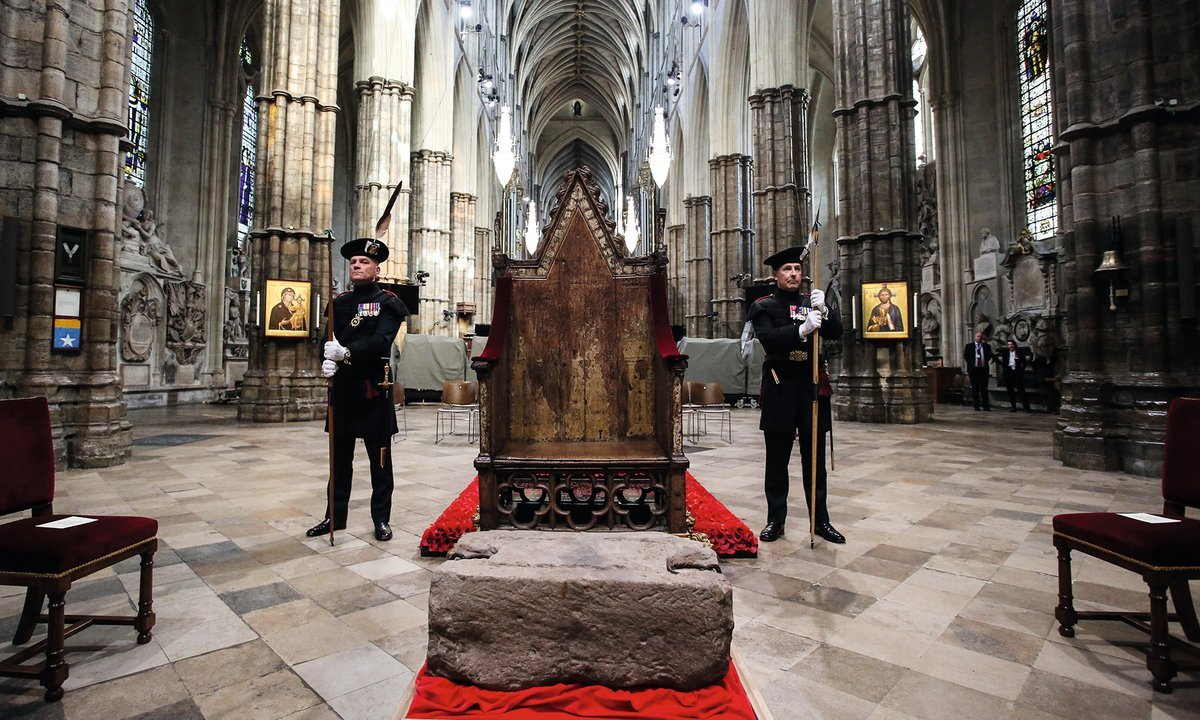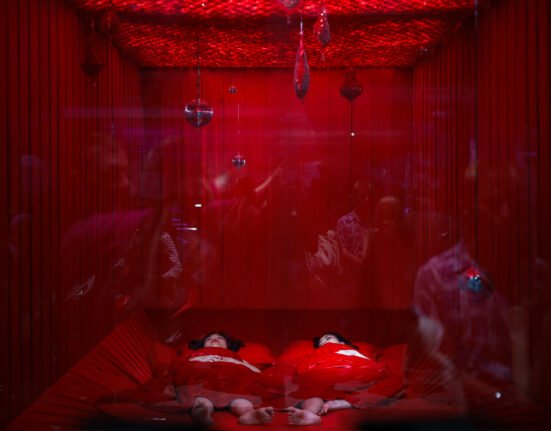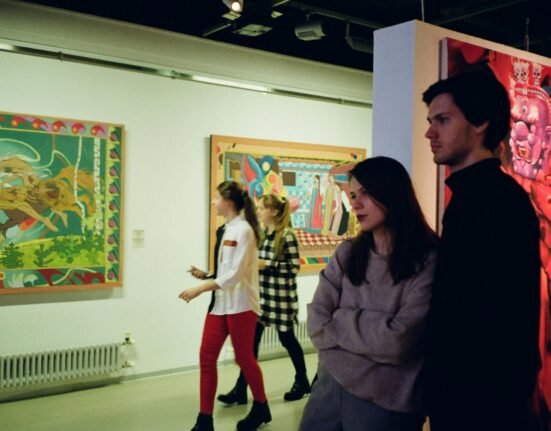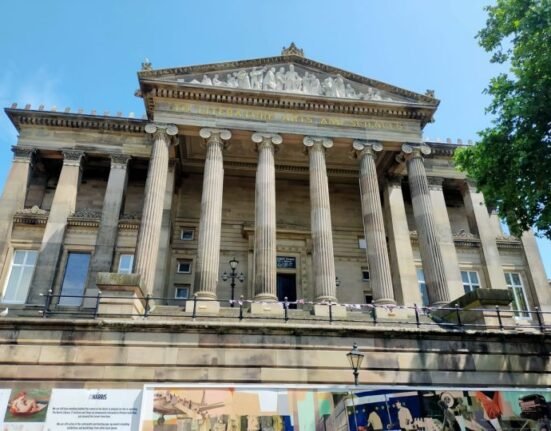A newly released UK government file reveals there was a serious disagreement between the heritage department and the prime minister over the return of the fabled 13th-century Stone of Scone to Scotland in 1996. The Department of National Heritage was furious with John Major for failing to consult it over this “precedent to mass restitution”.
The department warned that returning the Stone would lead to a flood of restitution claims from foreign governments. It immediately resulted in claims from Greece, Egypt and Nigeria and it was feared that these would be followed by Ethiopia, India, Pakistan, Burma (now Myanmar), Nepal, Bangladesh, Turkey and Australia.
A file just released at the National Archives includes an 18 July 1996 memorandum from Lynn Gates, the head of the cultural property unit at the Department of National Heritage (the following year it became the Department for Culture, Media and Sport). Her advice was addressed to the department’s secretary of state Virginia Bottomley and minister Lord Inglewood.
Gates castigated the prime minister, John Major, who on 3 July 1996 had agreed to return the Stone from Westminster Abbey to Scotland. She wrote: “Had we been consulted, we would have advised against return because of the likely fall-out, i.e. other countries seeing the return of the Stone as setting a precedent to mass restitution. We are already being proved right.”
Gates cited three cases. Alexandros Alavanos, a Greek member of the European Parliament, sent a tele-gram to Major, asking him to “show the same sensibility for the Parthenon Marbles”. The British High Commissioner in Lagos telephoned to say that he “feared a request for return of the Benin Bronzes and other Nigerian artefacts” was imminent. And the British Embassy in Cairo warned of an anticipated “formal request from Egypt for the return of the Rosetta Stone, the fragment of the Sphinx’s Beard and other Egyptian artefacts in the British Museum”.
Gates concluded: “We would be in an invidious position if we were to respond to the current correspondence by defending the Prime Minister’s decision.” Although recorded in a confidential document, these represented outspoken comments, since civil servants tend to avoid such direct criticism of the prime minister.
In June, Lord Inglewood told The Art Newspaper: “Believing in the union of England and Scotland, I personally would have wished the Stone of Scone to be kept in Westminster Abbey, where it was for over 500 years. But now it has been returned to Scotland, I think it is right to respect that decision.”
The claims: what Lynn Gates wrote and what actually happened
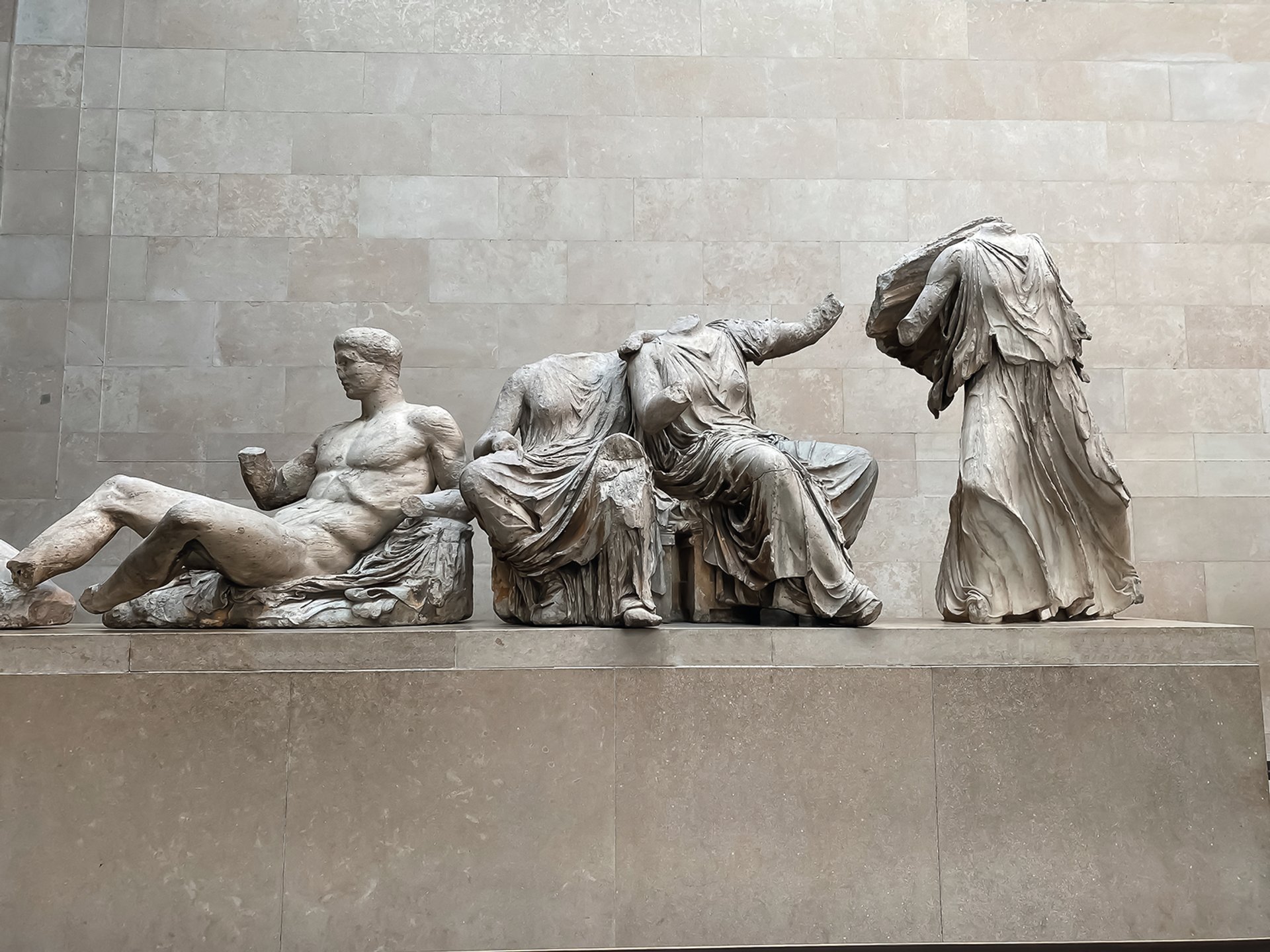
The Parthenon Marbles at the British Museum Photo: EWY Media
Parthenon Marbles (in the British Museum)
Gates: “We have already refused a formal request for return in 1985. The return of the Stone of Scone gives the Greeks a peg onto which to hang another formal request and possibly achieve more international support than has been the case in the past.” Current situation: George Osborne, the chair of the British Museum, is now discussing the return of the sculptures on long-term loan to Athens, in return for reciprocal loans from Greek museums. However, the long-running saga over the sculptures is not over.
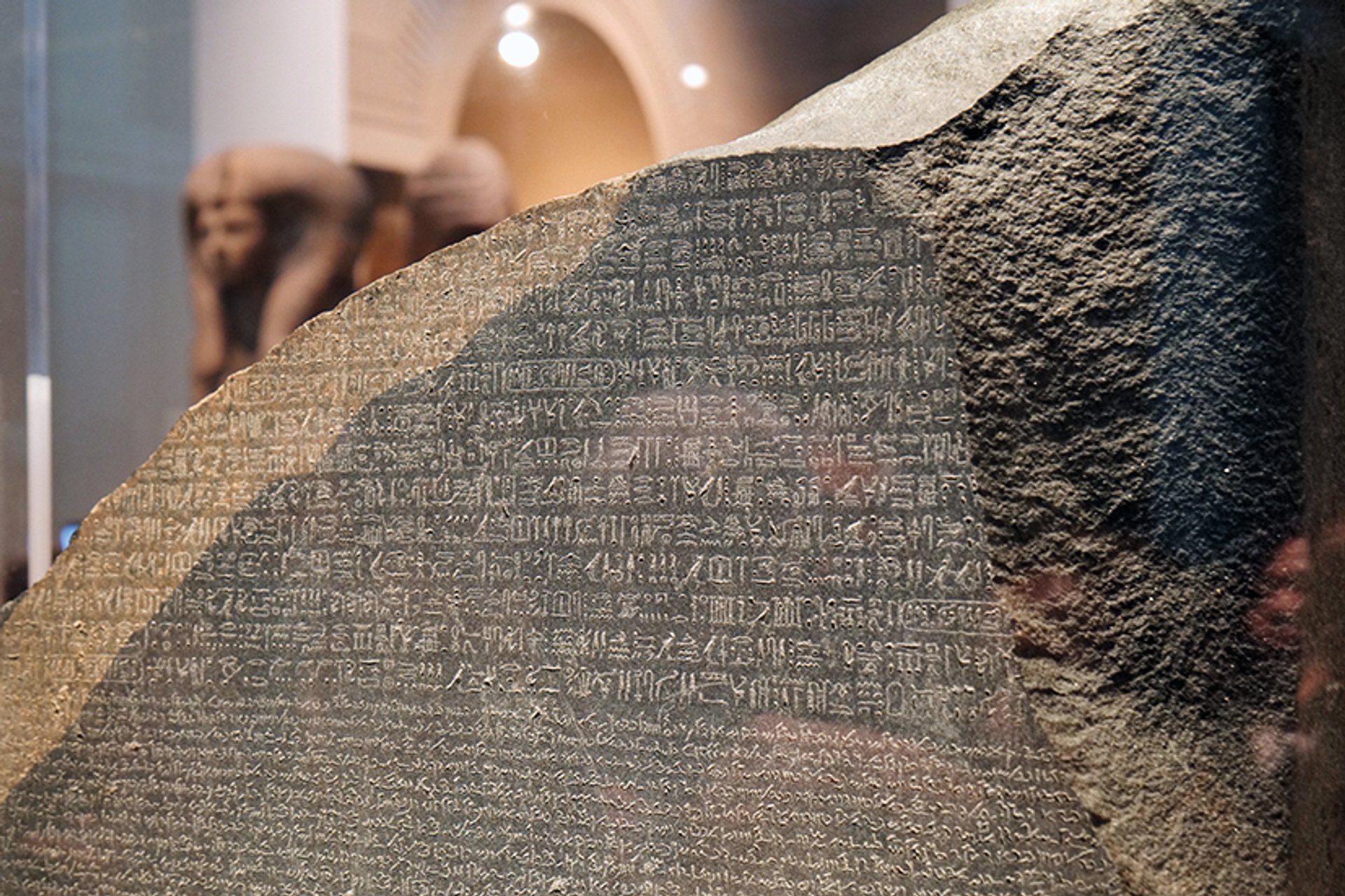
The Rosetta Stone at the British Museum Photo: Bennphoto
Fragment of the Sphinx’s Beard and the Rosetta Stone (British Museum)
Gates: “Negotiations about an indefinite loan of the Beard fragment (for restoration to the Sphinx) were dropped in 1985 by the Egyptian authorities as they feared it would become eroded like the rest of the Beard. Therefore, it would seem that the Egyptians have been kicked into action [according to the British ambassador] by the return of the Stone of Scone.” Current situation: Although there have been unofficial calls for restitution of Egyptian antiquities from the British Museum, there have been no formal governmental claims.
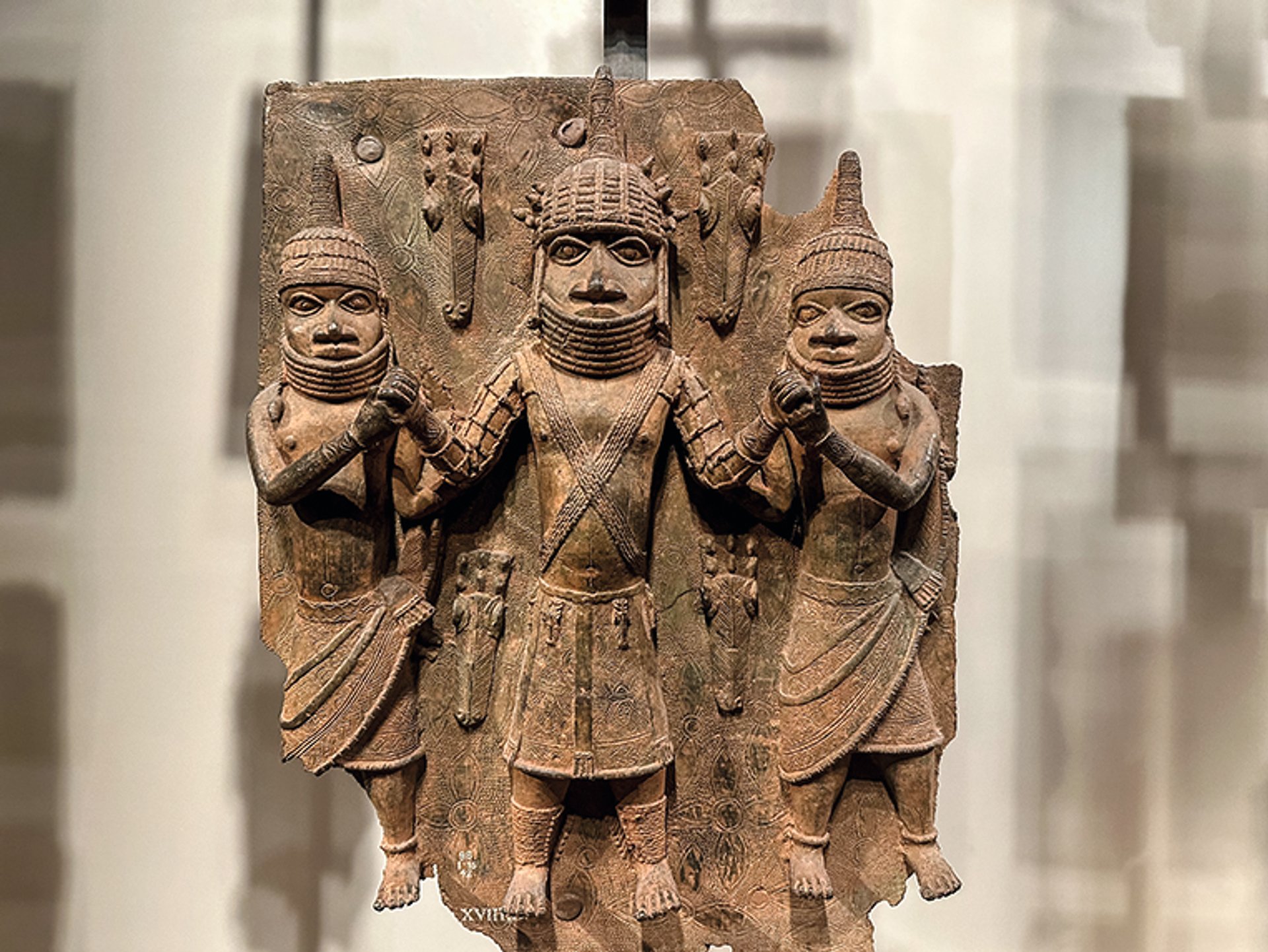
Benin Bronzes are held in the British Museum and other UK institutions Photo: Torval Mork
Benin Bronzes (British Museum and other UK collections)
Gates: “As to the telephone call from Lagos, this may simply be a case of the High Commissioner worrying unnecessarily. There has never been a formal request for return from Nigeria. However, one must assume that the High Commissioner is aware of feelings in Lagos.” Current situation: In 2021 the Nigerian government made a formal claim to the British Museum. Discussions on long-term loans have been held, but no details have been settled. Some other UK museums, which are legally able to deaccession, have returned Benin Bronzes in recent years.
Koh-i-Noor diamond (Royal Collection)
Gates: “India and Pakistan [have called] for the return of the Koh-i-Noor diamond. Both have submitted a formal request in the past and [have] been refused.” Current situation: In 2000 a claim was also made by Afghanistan. In the 2023 British coronation, the crown with the Koh-i-Noor diamond was not worn by the Queen, probably to avoid provocation. British and Indian officials have held discussions over the diamond and wider cultural cooperation.
India Office Library and Records (British Library)
Gates: “India, Pakistan, Burma, Nepal and Bangladesh [may intensify claims]. Formal claims have been made by all five in the past.” Current situation: In 1982 the archive was transferred from the Foreign and Commonwealth Office to the British Library. Since then, the ownership issue has gone fairly quiet.
Turkish sculptures (British Museum)
Gates: “There has not been a formal request previously, although there were rumblings about 18 months ago that a formal request was to be issued. It never materialised.” Current situation: In 2006 the Turkish ambassador in London made a claim for a British Museum stele depicting Heracles, although there have been no formal governmental claims.
Human remains (numerous UK museums)
Gates: “Australia (and possibly others) [might claim] for the return of human remains. There have been several informal approaches and one formal claim.” Current situation: In 2004 UK law was changed to allow national museums to return human remains. Since then, several UK museums have agreed to restitution claims, including from Australia.
Ethiopian crown, chalice and manuscripts (Victoria and Albert Museum, British Library and other UK collections)
Gates: “[Claim from] Ethiopia for the return of the crown and chalice of the Abuna and some manuscripts. The former of these is more likely, as the Ethiopians accept that the manuscripts are better housed here, where we have facilities to care for them.” Current situation: The Victoria and Albert Museum would like to restitute items seized during the 1868 Battle of Magdala, but it is unable to deaccession. Discussions have been held over possible loans.
What is the Stone of Scone?
The mysterious Stone of Scone is an oblong block of red sandstone just over two feet long, which was originally kept at Scone Abbey, near Perth, in Scotland. Of unknown origin, it long ago became a symbol of Scottish sovereignty. In 1296 English invaders seized the Stone, taking it to Westminster Abbey in London. From then onwards English (and later British) monarchs sat on the Stone during the coronation ceremony, until the 17th century, when it was inserted beneath the seat of the coronation chair.
The Stone had long been claimed by Scotland, with its return eventually agreed by the then prime minister, John Major, in 1996. It then went on display in Edinburgh Castle. The Stone was temporarily returned to London for the coronation ceremony of Charles III in May 2023. Since March 2024 it has been at Perth Museum, where it is now known as the Stone of Destiny.
Some of Lynn Gates’s concerns about the Stone’s return have proved correct, although only one group of objects has been restituted: human remains. Greek claims for the Parthenon Marbles have continued to be voiced vociferously. In recent years there has also been growing concern about antiquities seized during 19th-century British military operations in Ethiopia, Nigeria and the Gold Coast (now Ghana). Since 1996 other claims referred to by Gates have been pursued less vigorously or at an unofficial level.
With hindsight, the return of the Stone of Scone to Scotland had relatively little long-term impact—it hardly opened the floodgates to “mass restitutions”. There is a now a widespread recognition that each restitution case is different and should be judged on its own merits.

